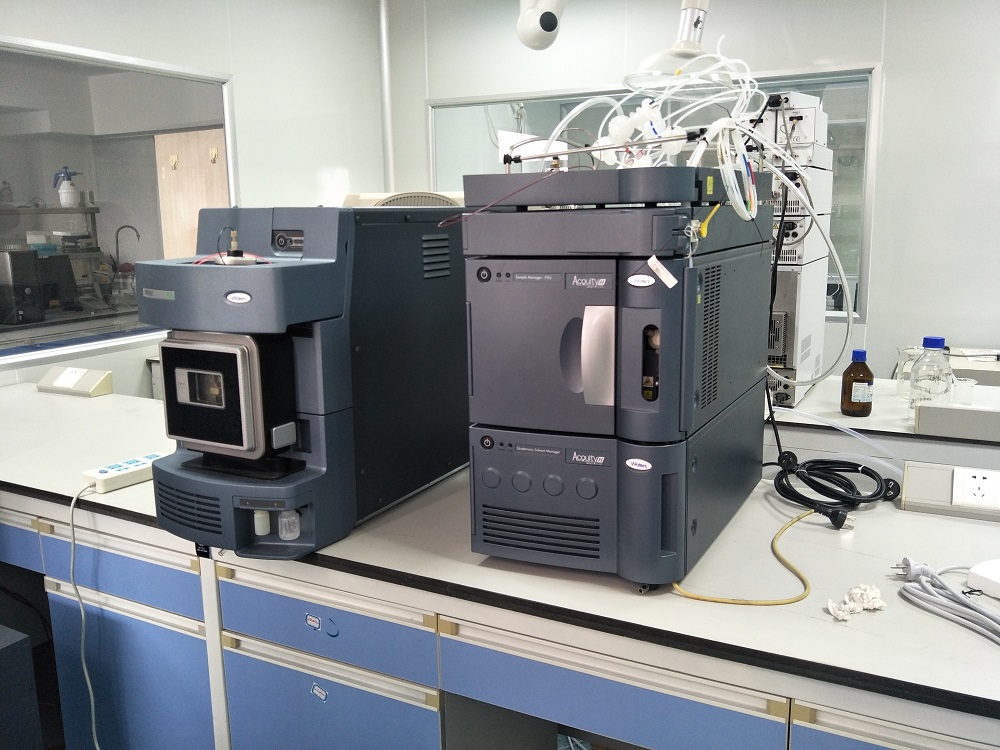Service Hotline
Application Ideas of Reverse Engineering in Instrument Manufacturing for Improving Existing Instrument Performance
Reverse engineering is an important part of modern technological development, referring to the process of analyzing existing products to understand their working principles and designing alternative products with similar functions. In the field of instrument manufacturing, the application of reverse engineering can provide new ideas for improving the performance of existing instruments. Below, we will explore the application ideas of reverse engineering in instrument manufacturing from several aspects.
1. Analysis of Existing Instruments through Reverse Engineering
Before conducting reverse engineering, it is necessary to analyze the existing instruments in detail. This includes the appearance design, structural design, working principle, and performance parameters of the instruments. Through this analysis, we can identify the shortcomings in the design, manufacturing, and use of the existing instruments, as well as the potential for improvement. For example, through reverse engineering analysis, we can find defects in the design of the existing instruments, such as excessive noise, unstable performance, and unreasonable structure, which are important clues for improving the performance of the instruments.
2. Obtaining Performance Data through Reverse Engineering
Reverse engineering not only helps us understand the working principle of existing instruments but also allows us to further improve their performance by obtaining performance data of the instruments. By analyzing the performance parameters of the instruments, we can identify bottlenecks in certain aspects of the instruments' performance and thus find the direction for improvement. For example, by obtaining the performance data of the instruments through reverse engineering, we may find that the instruments have insufficient performance in high-precision measurement, and thus we can target the improvement of the sensors, amplifiers, and signal processing parts of the instruments to enhance the measurement accuracy.
3. Design of Improvement Plans through Reverse Engineering
After understanding the shortcomings and performance bottlenecks of existing instruments, we can use reverse engineering to design improvement plans. Through reverse engineering design, we can convert the structure, function, and performance information of existing instruments into design diagrams, thereby gaining a more intuitive understanding of the improvement direction of the instruments. For example, through reverse engineering design, we can find the shortcomings in the structural design of existing instruments, such as excessive size and unreasonable layout, and thus design a more optimized structural layout to enhance the portability and operability of the instruments.
4. Verification of Improvement Plans through Reverse Engineering
After designing the improvement plans, we need to verify the feasibility of the improvement plans through reverse engineering. Through reverse engineering verification, we can simulate the effects of the improvement plans and thus determine whether the improvement plans are feasible. For example, through reverse engineering verification, we can simulate the effects of the improvement plans to determine whether they can enhance the performance of the instruments. If the effects are good, we can further optimize the improvement plans to enhance the performance of the instruments.
5. Implementation of Reverse Engineering Improvement Plans
After verifying the feasibility of the improvement plans through reverse engineering, we can transform the improvement plans into actual improvement measures to enhance the performance of the instruments. For example, by implementing the improvement plans through reverse engineering, we can optimize the structural design of the instruments, improve the accuracy and stability, thereby enhancing the performance of the instruments.
In summary, reverse engineering plays an important role in improving the performance of existing instruments. Through reverse engineering, we can understand the shortcomings and performance bottlenecks of existing instruments, design improvement plans, verify the feasibility of the improvement plans, and implement the improvement plans to enhance the performance of the instruments.
an important role in improving the performance of existing instruments. Through reverse engineering, we can understand the shortcomings and performance bottlenecks of existing instruments, design improvement plans, verify the feasibility of the improvement plans, and implement the improvement plans to enhance the performance of the instruments.
Copyright © 2019-2025 Instrumentation Manufacturer
Addresses: Phone number: E-Mail:

Our Businesses
